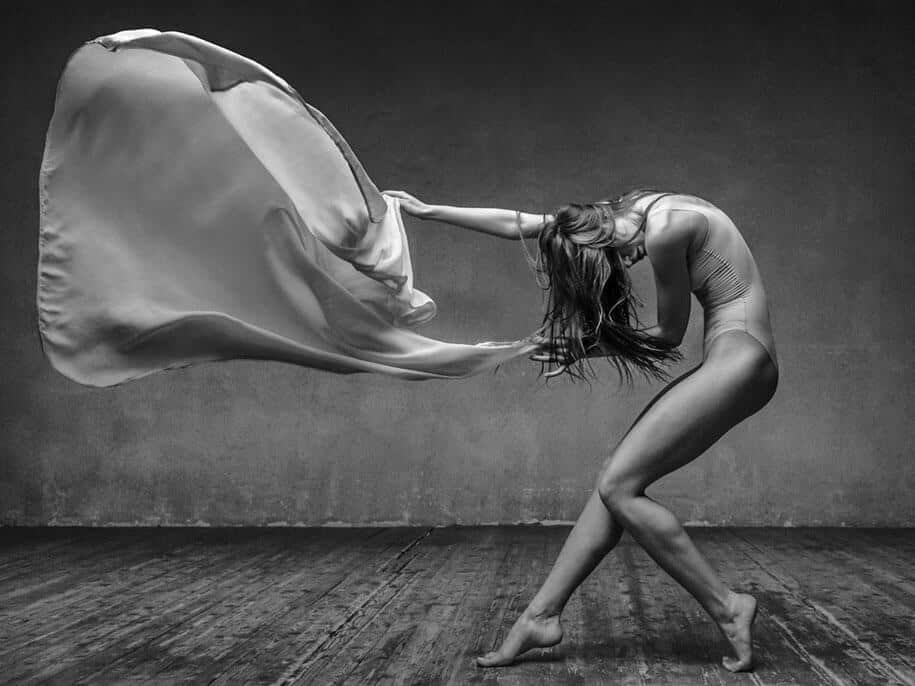
Rediscovering Play (Part 2) : Re-Creating
feature image photo credit: Alexander Yakoviev via freeyork.org
“Re-creation develops the artistry of ‘finding the how’.
Re-creation allows helpful acts to be reproduced. It infuses YOU into the creative process: solving problems, creating alternatives, and granting whatever time it takes. To re-create is to extend the use and application of ideas (and the people that share them). The old becomes new again, infused with new life and eyes and experiences. Re-creating empowers you to create, and promises expanded ability.
Unlike recreation that urges the mind to relax and serves as a diversion, re-creation is an engaging, holistic endeavor. It unites body and mind, and brings a thoughtfulness to fruition. Though both can re-energize and refresh, re-creation invigorates by diving deeper into the work. ‘More’ becomes refining and systematic development. It digs below the surface to establish a cause worthy of repeating.
Re-creation is our personal journey to get there, now that we have a place to go.
The assembling of an idea starts with an acknowledgement of what is good and worth investing in. It is the gut-wrenching reaction to a finding. We find by noticing and paying attention. Whether it’s to our instagram feed or the way our foot is striking as we walk down the street, there is an instant appreciation for the work being done. Our dismantling of the ‘how’ is the practice of creation without the novel finish. We are curious enough to investigate, even for a moment, and this questioning is the beginning of any creative process.
As we constantly look to improve ourselves, our instinct is to first look outward. What is it that others are doing? Can I do what they can? We don’t even think to establish a ‘why’. We want the challenge, and end so we can set out on a (con)quest. When we want to work towards something, anything will do. Feats become goals if we have enough self-belief. Guides become heroes if they are willing to show us the way.
The product lures us in, but it’s the process we truly admire. We could buy a hundred programs, attend a hundred seminars, but if we fail to cultivate critical thinking skills and our own way of developing insights and information, will remain a consumer. Fulfillment comes from producing. It stems from a lack of external need in order to do. A process allows us to do anything. A product allows us to do just ‘that’.
Acknowledging that we possess a unique filter helps us evolve from re-doers to re-creators.
Re-creation distinguishes itself from re-doing in three important ways:
1. Gaps exist and problems must be solved
2. There is a high degree of variability
3. Efficiency is not desired
Gaps exist and problems must be solved
Solving problems builds confidence and self-trust. Small gaps become big gaps, and the user learns to navigate the unknown with ease. Invention is born out of necessity. Without the opportunity to figure things out for ourselves we will be holden to others to find answers for us.
A high degree of variability
Devising options gives choice and alternatives. With decisions come discernment. The mere presence of a potential substitute forces you to weigh and consider. The creation of a different way, your way, leads you to own part of the process.
Efficiency is not desired
You must want some growth out of the mission you choose to accept. You must also be willing to give it the time it needs to develop. The goal is not necessarily to finish. The goal is to design part of the process that leads to a celebrated ending.
Acting in questions and answers, you begin to take notes along the way. You become a movement translator, documenting the twists and turns that pique your curiosity. An internal dialogue explains both what you’re looking for and what you’re finding. The search to sequence and clarify lends you a rope out of the rabbit hole of discovery. Being able to reproduce the detour becomes an exciting adventure all to itself.
Trying to remember and reverse the way the parts fell.
Should the idea of lingering intrigue you, here are some ways to indulge in taking the long way:
- Can you reverse it?
- Can you do it with both the right and the left?
- Can you enter or exit the movement differently?
- Can you pause at any given time?
- Can you perform it in another direction?
- Can you slow it down or speed it up?
- Can you extend your contact with the ground?
- Can you do it from a different orientation or position?
- Can you re-create it in a non-familiar environment?
(Please note, task-oriented readers, that these are not intended to be answered ‘yes or no’. Lead each question with a ‘How’ and you’ll gift yourself a new experience for the day.)
Straying IS creating. Finding a different way to get there makes you realize there are different places to go.



